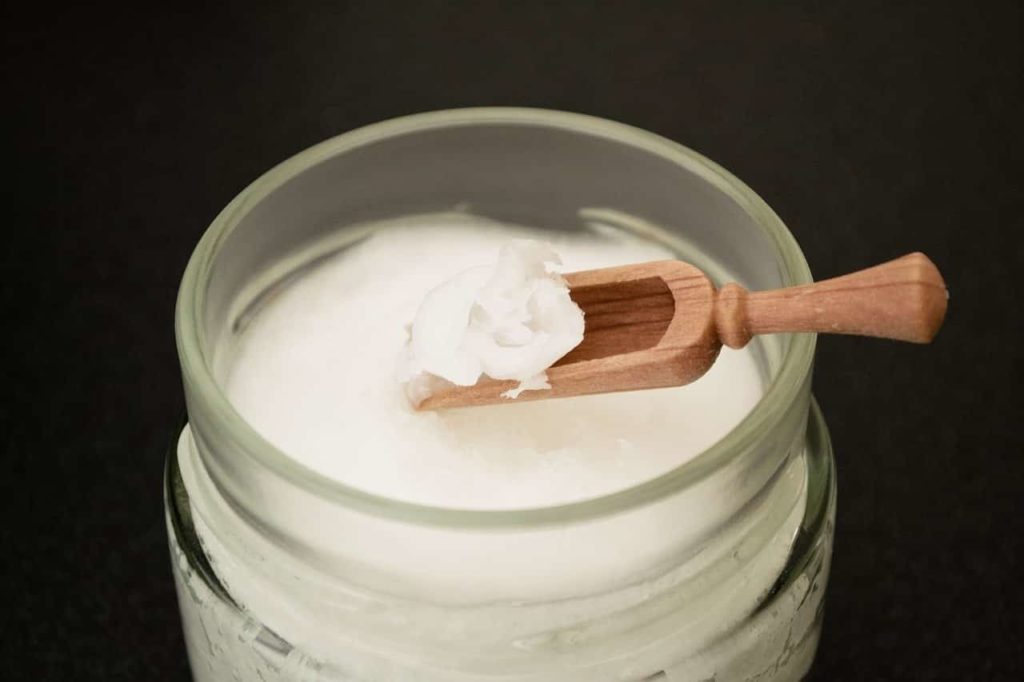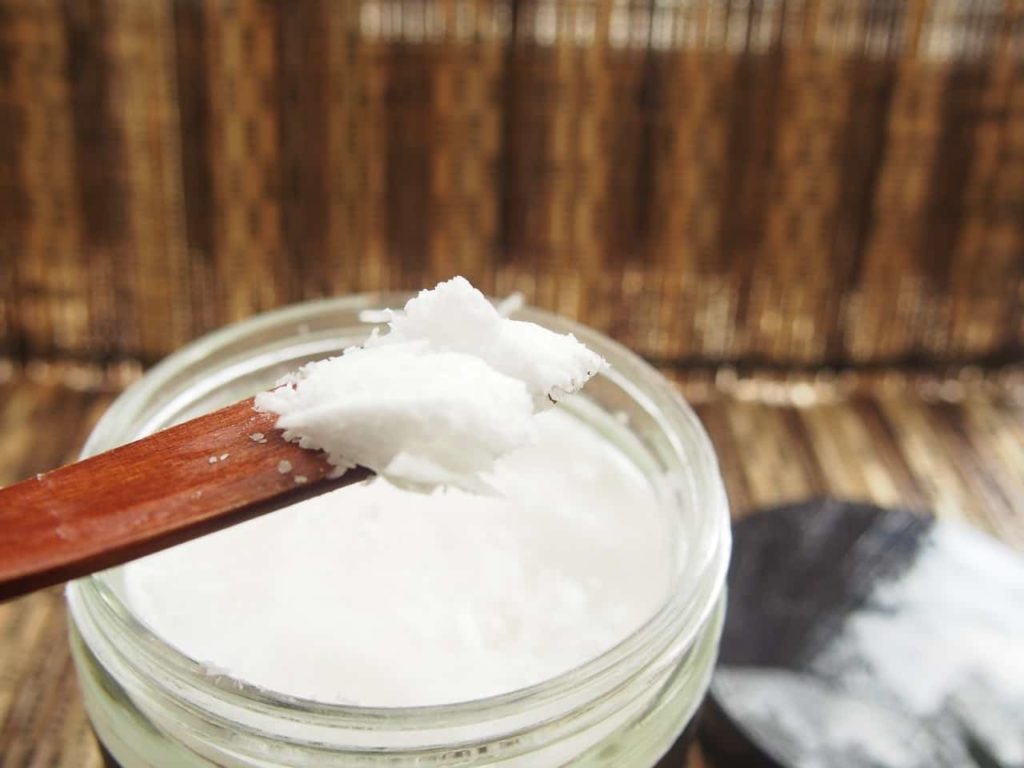Coconut cream is a different form of coconut milk, achieved by compressing the coconut flesh. It contains less water than coconut milk, and has a lot of fat, making the texture much thicker, and the flavor fuller.
If you don’t buy coconut cream, but you do buy coconut milk, you’ll have seen the cream that sits on the top of the can.
It has a much richer consistency, and adds a velvety texture to stir fry (see also Freezing Noodles), soup, curries, as well as marinades. It’s also used in desserts to add some decadence (see also Can You Freeze Brownies).

You can also use coconut cream as a lactose-free version of dairy cream, or as part of a vegan diet.
Often, coconut cream comes in a bigger form than what you need (see also Can You Freeze Coconut Water?), and this presents some problems. It creates a lot of surplus coconut cream, and when you store it in the fridge, it’ll last about a week at best.
Can you freeze it for a later date?
The good news is that you can, and freezing it will extend its shelf life for a maximum of 3 months.
The bad news is that coconut cream can separate (see also Can You Freeze Clotted Cream) once it’s been through both processes, thanks to the fat within the cream. You can fix this, and we’ll get to that.
Here’s everything you need to know about freezing coconut cream (see also Can You Freeze Coconut Milk).
How Do You Freeze Coconut Cream?
If you bought coconut cream in a carton, it may be suitable for freezing in its original packaging. If you’re unsure, or the coconut cream is canned, decant it into a suitable airtight container.
It’s also worth portioning out the coconut cream, and you can do this by either using smaller containers, or using an ice cube tray.
You can even do a mixture of larger and smaller portions, so you have more options when it comes to defrosting and using the coconut cream.
To freeze the coconut cream (see also Is Freezing Coconut A Good Idea?) into ice cube trays, divide the cream between the compartments, putting it straight into the freezer.
Once solid, transfer the coconut cubes into a resealable freezer bag. Seal, label it, and freeze it.
If you’d prefer to freeze larger portions of coconut cream, this is just as simple. Decant the cream into an airtight container which is suitable for freezing.
Leave some headroom at the top, and this will allow it to expand as it freezes, preventing the container bursting in the freezer. Seal and label the container, and transfer it into the freezer.

The Best Way To Thaw Frozen Coconut Cream
When you want to defrost the coconut cream, take the container, or as many cubes as you need, out of the container and put them straight into the fridge.
Only take as much coconut cream out of the freezer as you need, as you cannot refreeze it.
If you’re defrosting cubes of coconut cream, transfer them into a bowl and stick them into the fridge. Let the cream thaw, and it’ll be ready for the following morning.
When you come to use the coconut cream, you’ll notice some separation between the liquid and fat components.
Simply transfer the coconut cream into a blender, and put it on for about 30 seconds, until it has regained its velvety texture.
Conclusion
Coconut cream is perfect for adding a silky texture to any savory or sweet dish, and it’s also the perfect substitute for dairy cream.
It helps that you can freeze it without much trouble, preventing food waste and saving it for later.
So the next time you see coconut cream on offer, you can stock up and take advantage, while knowing you can safely freeze the rest.
